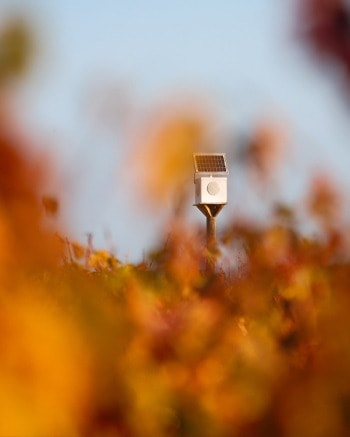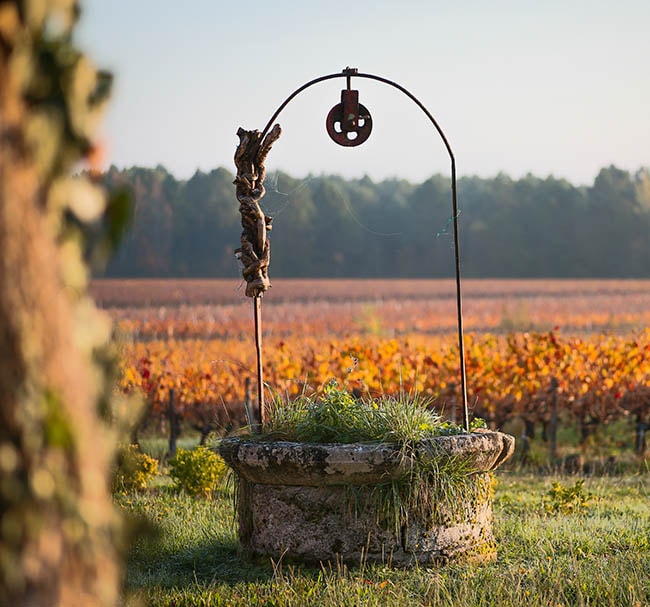Château Lafargue’s environmental approach
Sensitive to the protection of the environment for several generations, we have been committed to Qualenvi certification since 2006 that offers “official recognition of the excellence of certain independent winegrowers throughout France. Pioneers in the latest winegrowing techniques, they harvest their grapes, vinify, age and market their wines with respect for the terroir and tradition, in an ongoing quest for perfection”. (extract from the Vignerons Indépendants website).
QUALENVI certification enabled us to achieve level 2 High Environmental Value certification.

HEV certification
The Grenelle de l’Environnement (environmental round table) initiated a consultation process in 2007 which led to the creation of HEV certification in 2011. This new scheme takes into account the changes in regulations and the environmental requirements, with a view to providing environmental certification.
The 3 levels of HEV certification
The 3 levels defined by the Grenelle de l’Environnement :
Level 1 : Application of environmental regulations
Level 2 : Obligation of means
Level 3 : Obligation of results. HEV is based on various environmental performance indicators. These include biodiversity, phytosanitary strategy, use of fertilizers and water resource management.
Certification is obtained for 3 years after an audit by a certifying body. An interim follow-up evaluation is carried out at mid-term, i.e. 18 months after certification and 18 months before its expiry.
Because we believe that a high-quality product can only be produced in a protected environment, we decided to pursue HEV certification. This is an important environmental commitment for our land, all the people who work here, and our customers. We have had level 3 certification since 2015.
Methods that respect the environment, biodiversity and public health
We have opted for grassing between vineyard plots. This prevents leaching of the soil by run-off and thus encourages the development of biodiversity (insects, nematodes, etc.). We plough the soil and plant grass throughout the vineyard.
We have chosen moderate use of phytosanitary products. These products are non CMR (Carcinogenic, Mutagenic, Reprotoxic) and Natural Defences Stimulators. The vast majority of the products used are approved for organic farming.
Mechanical weed control enables us to avoid the use any herbicides.
We have our own treatment plant for wine production effluents.
We ensure the regulation of run-off water by means of shallow ditches and by maintaining vegetation (reeds and plants endemic to wetlands).
Finally, we are committed to making ongoing reductions in our use of energy through the control of fuel, gas and electricity consumption.


France 3 – News 19/20h
06/01/2018
Biotechnology and wine
We were among the first to use the Genodics system.
This involves a “music box” located in the middle of the vineyard, designed to stimulate the release of plant proteins. This gentle process stimulates the vines’ immune system and the repulsion of disease-causing organisms.

